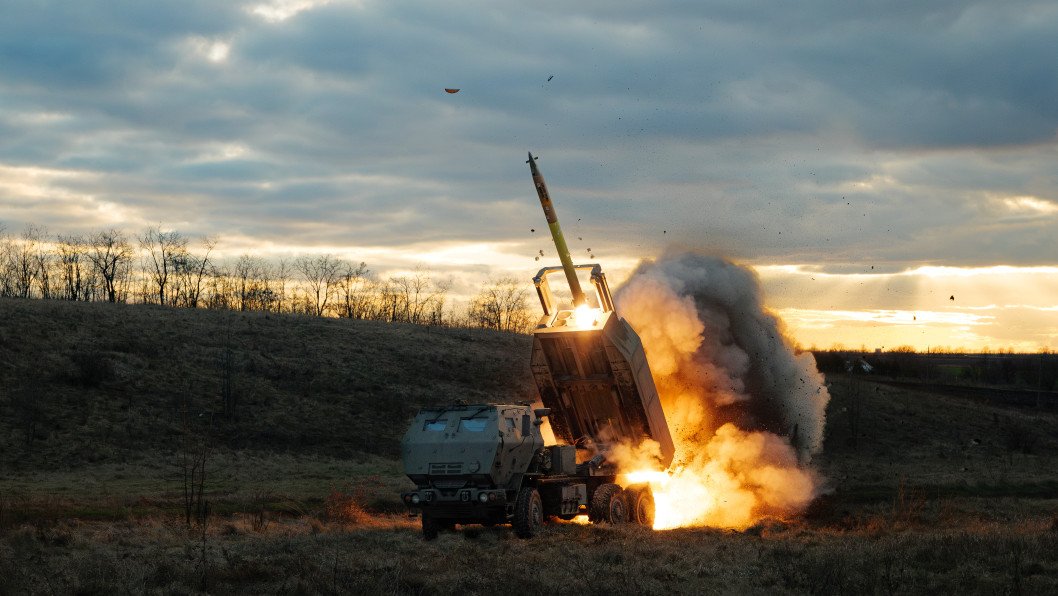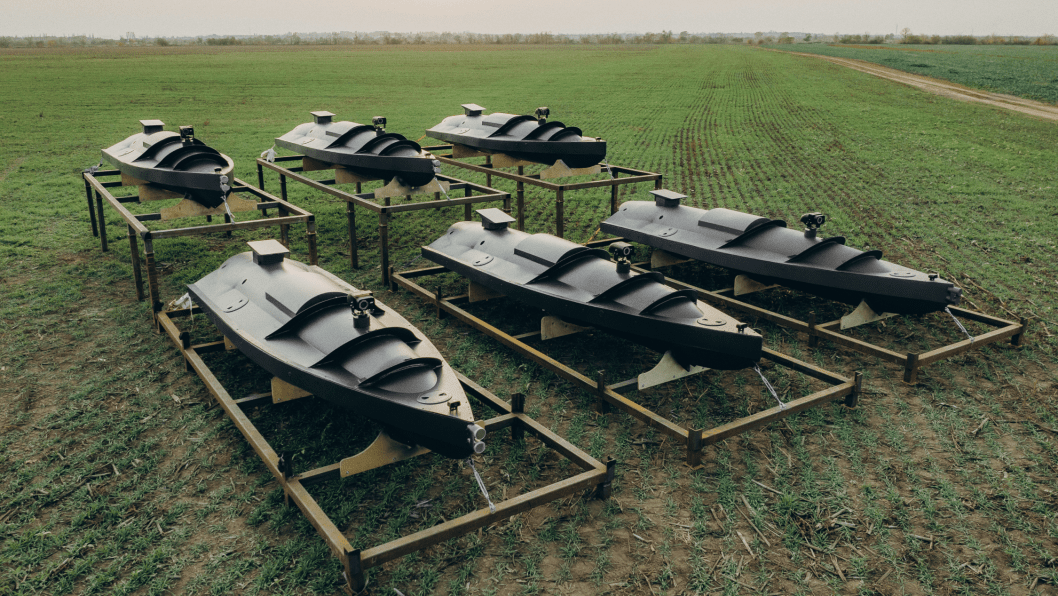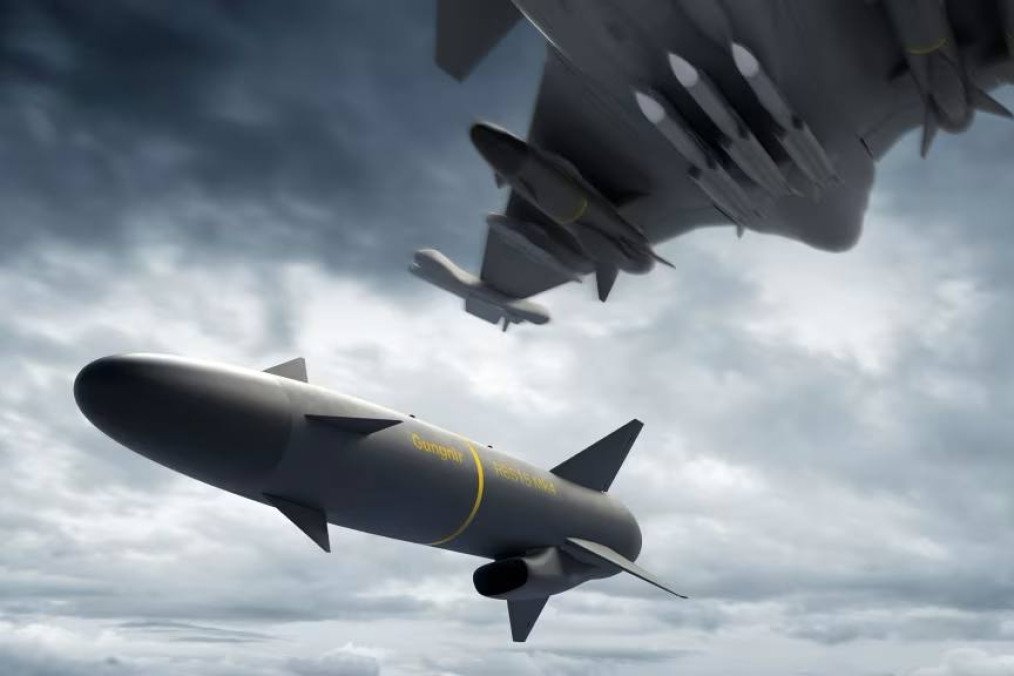Sweden is advancing plans to acquire long-range strike systems, including cruise missiles and modern rocket artillery, as part of a broader effort to enhance its deterrence posture by gaining the ability to hit targets deep inside enemy territory.
According to Defense Express on June 29, Sweden currently lacks land-attack capabilities with extended range. Its existing inventory includes 26 Archer 155mm self-propelled howitzers and naval anti-ship RBS-15 missiles.
The Chief of the Swedish Armed Forces, General Micael Bydén, confirmed in an interview with Sweden Herald that Stockholm has already made the decision to procure strike systems capable of engaging targets beyond national borders.
“The key is deterrence,” Bydén said. “It’s not enough to defend your own territory—you also need to force the adversary to defend theirs. That means having the ability to strike logistics hubs and troop concentrations.”
While Bydén did not disclose specific systems under consideration, he noted that Sweden is reviewing a shortlist of two to three options. The range of available systems is limited. Among multiple launch rocket systems, the most prominent contenders are the US-made HIMARS and its German variant GMARS, Israel’s PULS, and South Korea’s K239 Chunmoo.
Korean defense firm Hanwha Aerospace previously expressed interest in supplying Sweden with 16–18 units of the Chunmoo system, according to a June 2024 announcement.
France’s Foudre launcher, paired with the 214mm Indian Pinaka Mk2 rockets, is also seen as a potential—though technically and logistically complex—option. Regional alignment may play a role in the final decision, as Nordic states have traditionally sought interoperability.
However, neither Norway nor Finland has finalized a choice. Oslo had initially leaned toward HIMARS and received US approval to purchase 16 launchers with ammunition for $580 million, but a formal contract has yet to be signed.

Sweden’s options for cruise missiles are also constrained. The only in-service cruise missile with a land-attack capability is Saab’s RBS-15 Mk IV Gungnir, which has a range of up to 300 kilometers. It is deployable from naval platforms, land-based launchers, and JAS 39 Gripen fighters.
Another potential candidate is the Taurus KEPD 350, developed jointly by Germany and Sweden. Although Sweden contributed to Taurus development and tested integration with the Gripen platform, the missiles have not been fully fielded.
According to Saab’s modernization roadmap, the MS20 Block 4 upgrade for JAS 39C/D aircraft will enable Taurus capability by 2028, while the newer Gripen E/F variants are expected to support Taurus by 2032. The original Taurus missiles are no longer in production, and their successor, Taurus Neo, is projected to become available around 2029.
Other cruise missile options under consideration may include Norway’s Joint Strike Missile (JSM) and the US-manufactured JASSM, both of which are compatible with modern fighter aircraft and meet Sweden’s long-range requirements.
Earlier on June 25, Finland announced the creation of NATO’s Forward Land Forces on its territory, with troops from six member states set to deploy near the Arctic Circle. The move follows reports that Russia is reactivating Cold War-era bases along the Finnish border, signaling a growing military buildup.







